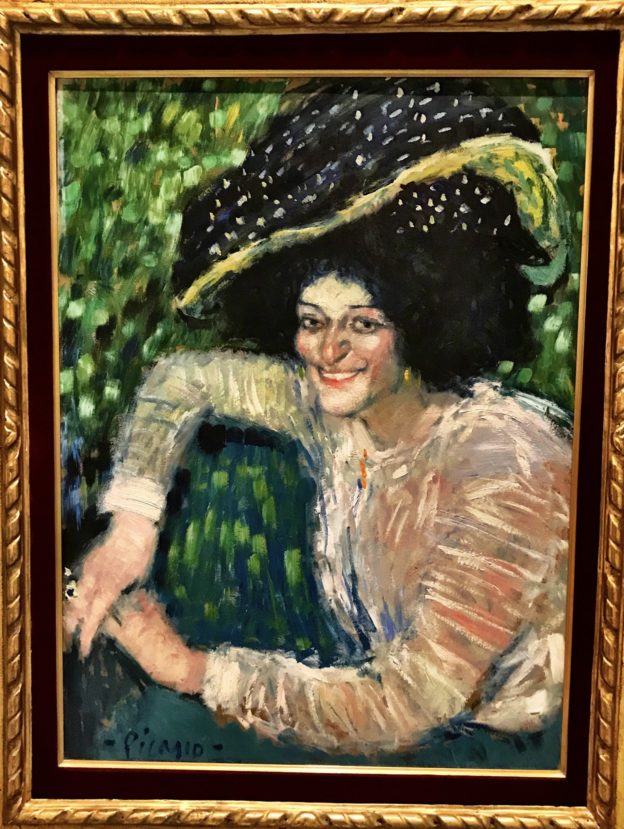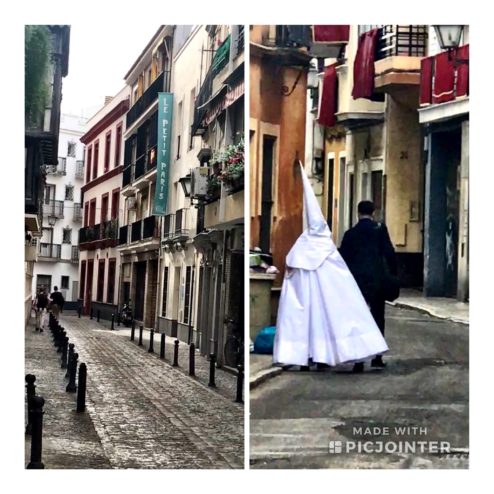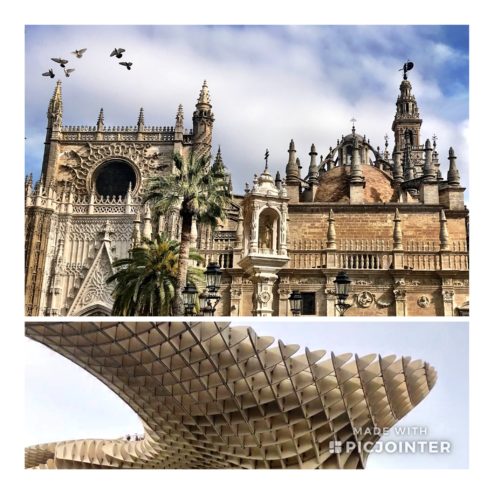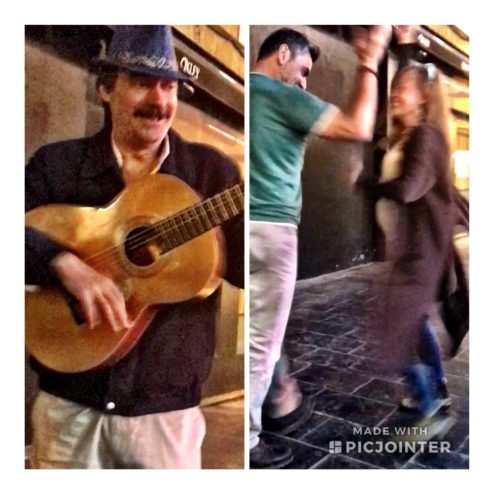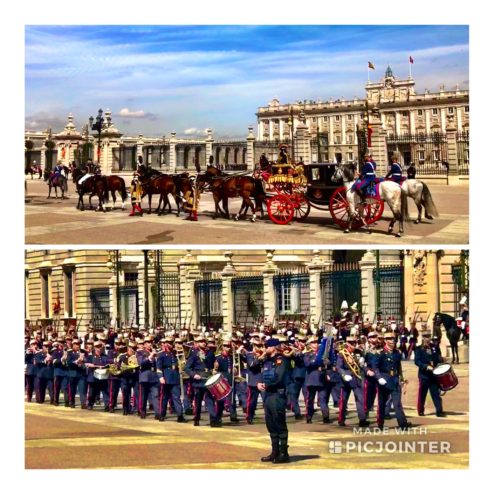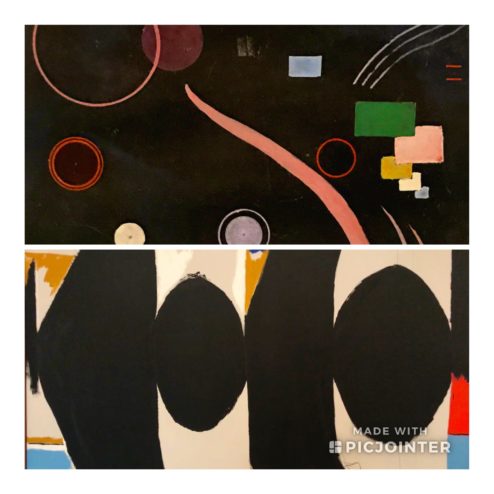SEVILLE
As a “Guire” (foreigner) in Andalusia, I first had to learn the right way to toast others in the bar. “Salud!” (to your health) is the same as in Mexico, except like Scandinavians saying “Skol!”, YOU MUST MAKE MEANINGFUL EYE CONTACT… or be cursed with 7 years of bad sex! At least that’s what the Andalusians promise…
Staying within the quiet part of Seville’s famous old quarter by the Guadaíra River, I had access to cafes, shops, museums, and flamenco dance and music. At the end of Easter week, many locals were attending the sold out flamenco performances or in the streets dressed up in capirote.
Seville offers free walking tours featuring Roman ruins, Moorish minarets, Baroque palaces, and Renaissance churches and the fantastic architecture of Jürgen Mayer-Hermann; the locals fondly call it the “Incarnatíon’s Mushrooms”, like sand castle drippings.
Flamenco is passionate, dramatic, and percussion driven, and Seville is at the vanguard of this vital and precious art; UNESCO listed Flamenco as Intangible Cultural Heritage in 2010. I had a chance to get in a sold-out popular Tablaos; slender sweeping arm movements, syncopated clapping, and rhythmic foot stomping gave me chills. Or was it the stoic expressions and emotions of the dancers, which change many times during a single performance? I wasn’t the only one moved as locals played and danced in the streets into the night.
MADRID
On a free walk tour in Madrid I lucked out and saw the King arriving at the Royal Palace (over 3000 rooms – the largest palace in Western Europe) with the Spanish Royal Guard marching and maneuvering on horseback to the Spanish National Anthem.
It was a remarkable if not exhausting experience to spend 4 hours in each of the world famous Museo del Prado and Museo National Centro de Arte Reina Sofía.
The elegant Prado is the most celebrated, and one of the largest museums in Spain featuring Spanish, Italian, and Flemish styles of art. Some of the famous masterpieces I enjoyed were Velazquez’s “Las Meninas,” Goya’s “The Third of May 1808,” Bosch’s “The Garden of Earthly Delights,” and Dürer’s “Self Portrait.”
At the Reina Sophia, besides Picasso’s “Guernica,” arguably Spain’s most famous artwork and the best anti-war art ever produced, is a premier collection of contemporary art. Here are a few artworks that perhaps you might recognize:
With businesses and museums closed for Siesta all afternoon, what is one to do but…nap, preparing for dinner and performances and lively streets, starting after 10 PM.

